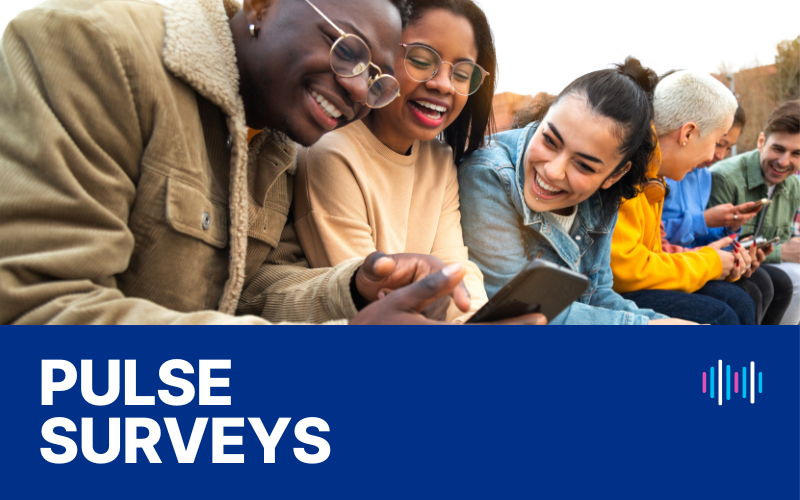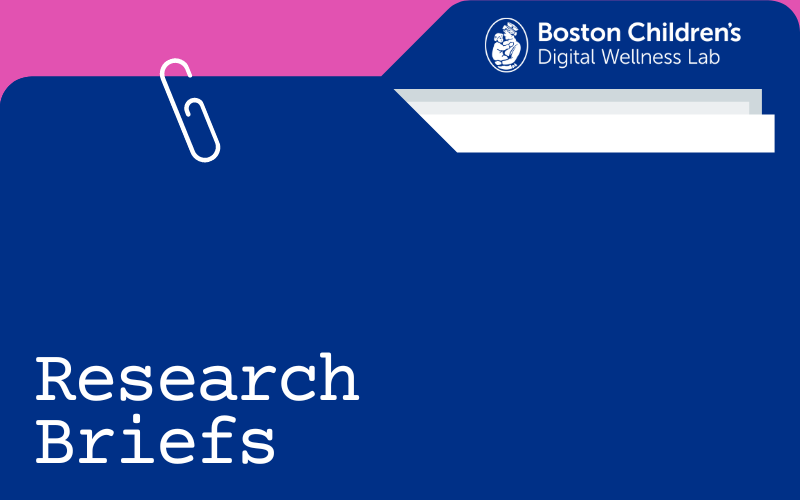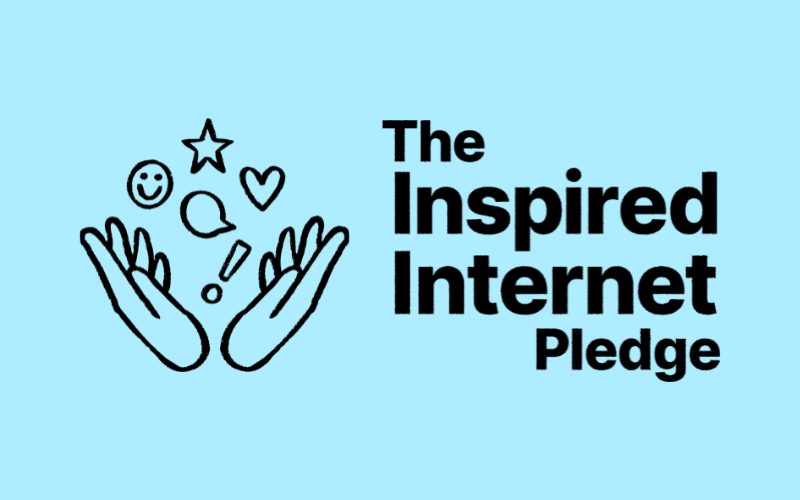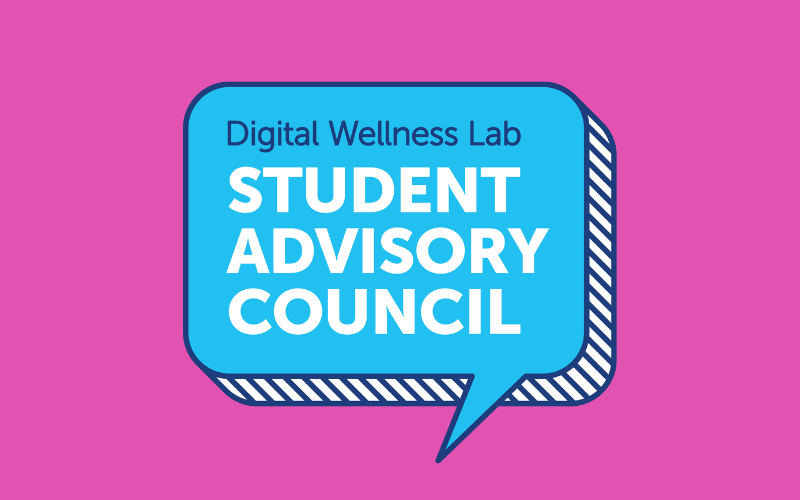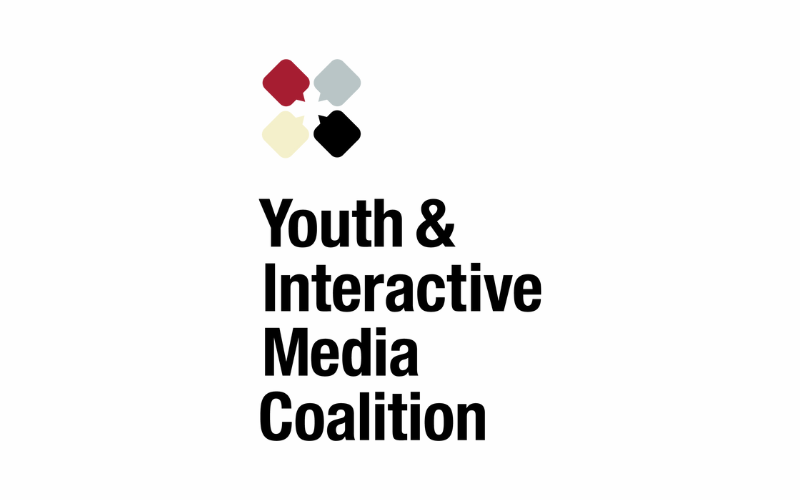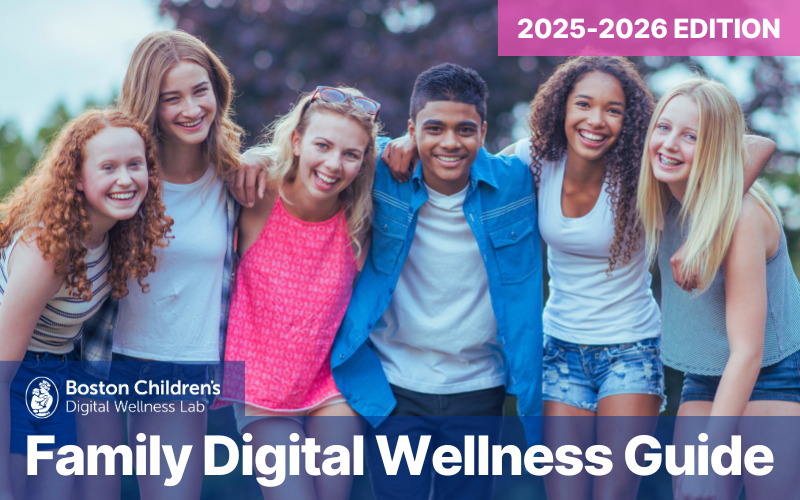Keneisha Sinclair-McBride, PhD
Associate Chief of Integrated Behavioral Health, Boston Children’s Hospital
Associate Director of Training, Psychology Internship, Boston Children’s Hospital
What does a “day in the life” typically look like for you?
As an attending psychologist, no two days are the same, as my work blends direct patient care with teaching, program leadership, and research. I primarily provide psychological care to child and adolescent patients and their families, addressing mental health concerns such as anxiety and depression. This includes traditional therapy sessions, consultations, group therapy, and comprehensive evaluations.
As a faculty member at Harvard Medical School, I’m committed to supervising and teaching the next generation of professionals, guiding trainees and postdoc fellows as they complete their psychology training. Additionally, as an associate training director, I help manage our internship program—I work with Training Director Dr. Erica Lee, supporting training and recruitment for pre-doctoral psychology interns. I supervise clinical interns and help with the whole internship process: clinical rotations, intern and faculty evaluations, and teaching seminars.
My overarching goal, especially through my work in Integrated Behavioral Health, is to strengthen collaborative programs between psychiatry and primary care throughout the hospital. I strive to ensure psychologists receive the support they need, and crucially, that patients access comprehensive psychological care that is seamlessly integrated into their primary medical support. This holistic approach is essential for supporting young people’s mental and physical well-being in all aspects of their care, a mission particularly vital for minoritized groups who often face significant barriers to accessing care.
What led you to the work you do?
From a young age, I knew I wanted to work with kids and adolescents, drawn by the joy of connecting with and supporting them. My initial aspirations wavered between becoming a teacher or a pediatrician. However, in high school, my interests broadened significantly to encompass neuroscience, human behavior, and educational policy. I discovered that studying psychology offered a path to explore fundamental questions about human behavior and, in turn, genuinely help people.
This realization led me to pursue research and enriching coursework at Yale, followed by graduate school at Vanderbilt, where I honed my research specifically on depression and eating disorders. While I initially envisioned a career solely as a researcher, discovering academic medical centers revealed a powerful possibility: the ability to integrate both research and direct practice. This led me to Boston Children’s Hospital, where I’ve now been for over a decade.
Starting at Boston Children’s, my initial focus was on direct patient care in pediatric psychology, primarily through outpatient services, with some involvement in primary care psychology. Over time, as I deepened my expertise in clinical care, I transitioned into leadership roles and now also support interns in primary care psychology—an area that has become a significant draw for students eager to do this vital work.
What would you say are the greatest opportunities you see for kids growing up in a digitally saturated world?
I’ve learned that balance and open communication are paramount in navigating the digital world. Many adults in children’s lives—including parents and medical providers—feel apprehensive about technology. This often leads them to either disengage from online spaces or attempt to shut them down entirely. However, to effectively guide young people, we must understand how to engage in genuine conversations about their online experiences.
As someone whose career started during the rise of social media, I recognize its undeniable integration into mental health and daily life. We cannot effectively support young people’s well-being without addressing their digital engagement directly. These discussions, however, must be approached with openness, curiosity, and even a touch of humor.
What are the greatest challenges you see for kids growing up in a digitally saturated world?
Social comparison presents a significant challenge for today’s youth. The digital world makes it incredibly easy to constantly look outward, assessing what others are doing and how one measures up, rather than focusing inward on personal happiness, joy, goals, and motivations.
Another challenge lies in cultivating a relationship with technology that is fun, healthy, and productive from an early age. Children are often more technologically adept than adults, which presents a unique opportunity. We can leverage their interest and tech-savviness to help them create a lifestyle where digital media coexists with other essential components of a healthy, happy life—like strong real-life social connections, passion projects, and joyful pursuits. Our goal must be to ensure that this powerful, readily available technology doesn’t become the sole focus of their lives.
How would you change or redesign technology and or media to be healthier for kids across the developmental span?
I envision a digital landscape with a greater emphasis on promoting positive content. There are immense opportunities for fostering prosocial development, strengthening connections, and inspiring individuals, and I would advocate for these to be more widely highlighted.
Regarding misinformation and disinformation, the ability for anyone to publish online, while liberating in some contexts, necessitates a critical approach. We need to encourage users to pause and question the origin of information. Digital literacy is crucial here, enabling individuals to discern credible sources and identify fabricated content.
I would also propose a system that provides transparent information about every image. This system would disclose whether an image has been Photoshopped, altered, enhanced, or generated by AI, eliminating the need for users to question its authenticity. Such a clear disclosure would immediately reveal the reality behind these visuals.
Furthermore, I would introduce a program allowing users to design their own screen time limits, with a mechanism that truly locks these settings, preventing easy circumvention. This empowers individuals with the agency to determine what constitutes appropriate device usage for themselves. While some may choose not to set limits, for those who do, it would genuinely encourage engagement in alternative activities.
What guidance or advice do you have for parents and other caregivers regarding helping kids develop and maintain healthy behaviors around digital media and technology?
I strongly emphasize the importance of families collaborating to find a digital balance that aligns with their values. Even with clear rules in mind, initiating an open conversation with your child about why those rules are important fosters greater understanding and compliance. It’s far easier to gain buy-in when they have a voice in the process.
Instead of solely focusing on “no screen time” or limiting phone usage, we should prioritize ensuring other crucial elements of healthy development are present. While screens have a place in a child’s life, it’s vital to make sure there’s ample time for play, physical activity, and strong relationships. Digital media should be one piece of their life, not the sole activity.
Here are a few other tips:
- Listen and Engage: Show genuine interest in your child’s digital world. Engage with them about the pros and cons of screen time, social media, and video games. Ask questions like, “What do you see as the challenges and benefits of the digital world?” Approaching these conversations with openness and curiosity, rather than fear, builds trust and encourages honest dialogue.
- Empower Balance for Older Kids: For older children, move beyond simply setting limits. Work with them to cultivate their own sense of digital balance, helping them understand how to integrate screen time with other enriching activities. This empowers them to develop self-regulation skills.
- Personalize Your Approach: Tailor your strategy to what makes sense for your child. Age guidelines, such as the minimum age for social media, are just a starting point. Consider your child’s individual readiness, maturity, and specific needs rather than relying solely on arbitrary age markers.
Is there anything else you’d like to share?
I deeply value my work with the Digital Wellness Lab, especially the opportunities to engage with schools and parents. It’s incredibly rewarding to break down the communication barriers surrounding online spaces. A core part of this mission is translating complex, evidence-based information into clear, accessible language that empowers everyone. This ensures that vital knowledge isn’t confined to academic circles, but genuinely helps families navigate the digital world with confidence.
Here at the Lab, we welcome different viewpoints and perspectives. However, the opinions and ideas expressed here do not necessarily represent the views, research, or recommendations of the Digital Wellness Lab, Boston Children’s Hospital, or affiliates.

